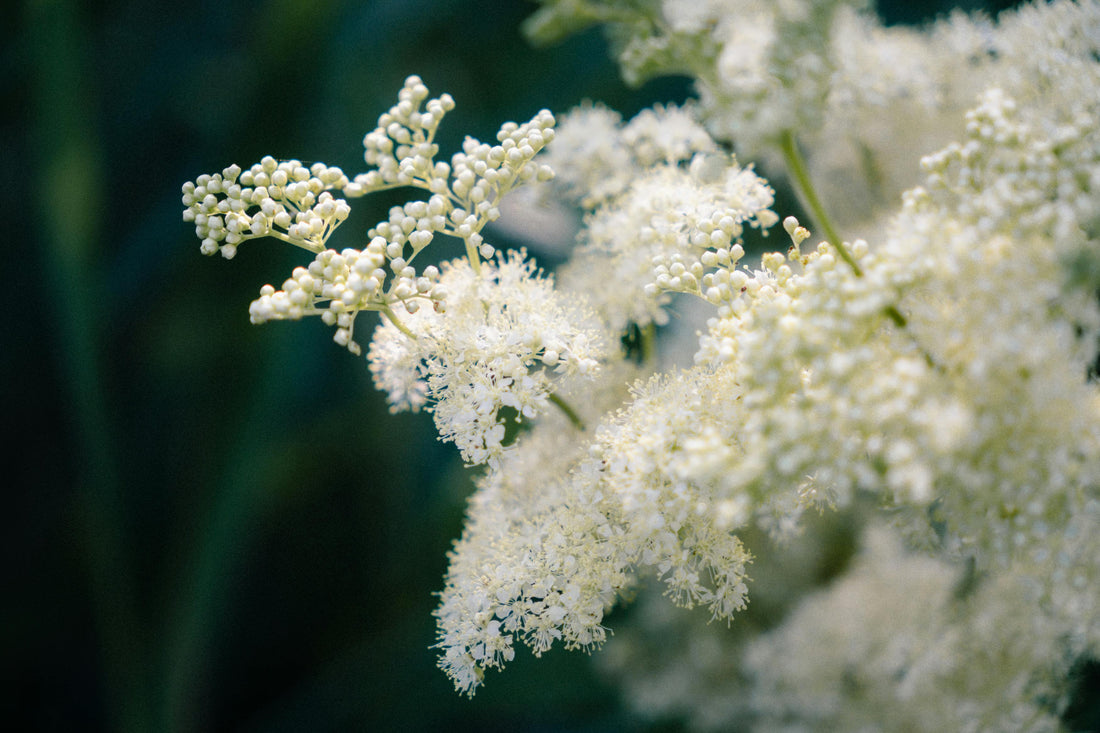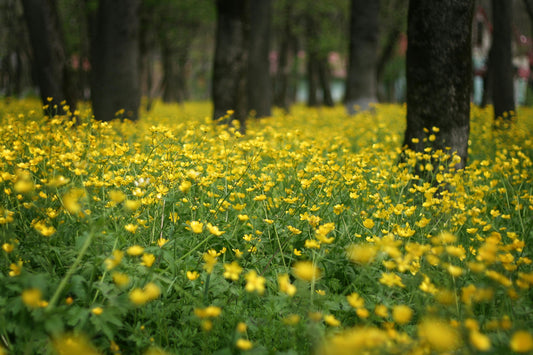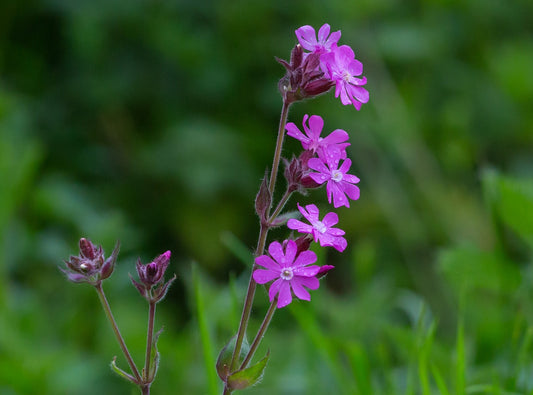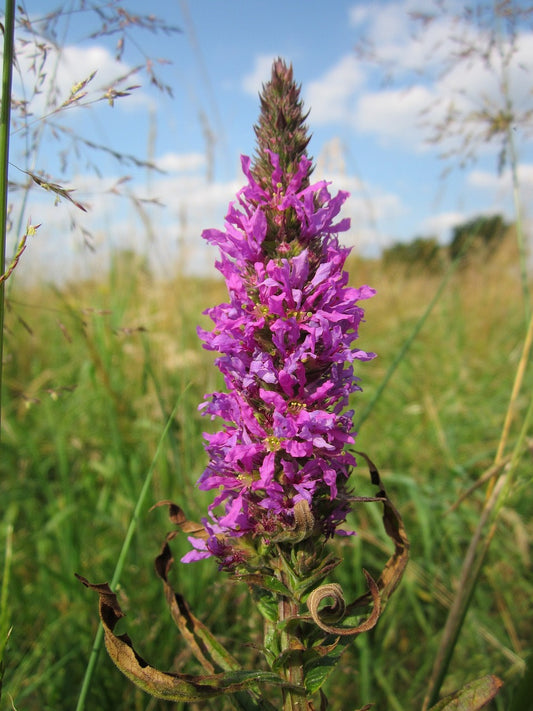
Blooming with Benefits: A Gardener’s Guide to Planting Meadowsweet
Planting Meadowsweet: A Complete Guide to Cultivating This Aromatic Wildflower
Meadowsweet (Filipendula ulmaria) is a charming wildflower known for its fragrant blooms and medicinal properties. This guide covers everything you need to know about planting, caring for, and enjoying Meadowsweet in your garden.
What is Meadowsweet?
Meadowsweet is a perennial wildflower native to Europe and parts of Asia. It is renowned for its creamy-white, fragrant flowers and its historical use in herbal medicine. Often found in damp meadows and woodlands, Meadowsweet can add beauty and a touch of traditional charm to your garden.
Benefits of Growing Meadowsweet
Planting Meadowsweet offers several benefits. Its attractive flowers can enhance the aesthetic appeal of your garden, while its aromatic scent is pleasing to the senses. Additionally, Meadowsweet is beneficial for pollinators, helping to attract bees and butterflies to your garden.
Best Time to Plant Meadowsweet
The ideal time to plant Meadowsweet is in early spring or autumn. Spring planting allows the wildflower to establish itself as the weather warms, while autumn planting provides a head start for the following growing season.
Choosing the Right Location for Meadowsweet
Meadowsweet prefers a location that mimics its natural habitat. Choose a spot with full sun to partial shade. It thrives in moist, well-drained soil, ideally with a slightly acidic to neutral pH. Avoid planting in areas that are prone to waterlogging.
Preparing the Soil for Meadowsweet
1. Soil Preparation: Clear the planting area of weeds and debris. Loosen the soil to a depth of about 15 cm (6 inches) and incorporate organic matter or compost to improve soil fertility and structure.
2. Soil pH: Meadowsweet prefers a slightly acidic to neutral pH. Aim for a pH range of 6.0 to 7.0 for optimal growth.
How to Sow Meadowsweet Seeds
1. Sowing Seeds: Scatter the Meadowsweet seeds evenly over the soil surface. Lightly press them into the soil or cover with a thin layer of compost. The seeds need light to germinate, so avoid burying them too deeply.
2. Watering: Keep the soil consistently moist until the seeds germinate. Once the seedlings are established, Meadowsweet is relatively drought-tolerant but will benefit from regular watering during prolonged dry periods.
Caring for Meadowsweet Plants
After sowing, Meadowsweet requires minimal care. Regular weeding and occasional watering will help maintain healthy plants. Consider mulching around the base to retain soil moisture and suppress weeds.
Common Pests and Diseases
Meadowsweet is generally resistant to pests and diseases. However, be on the lookout for aphids and fungal diseases such as powdery mildew. Ensuring good air circulation and maintaining proper garden hygiene can help prevent these issues.
Harvesting Meadowsweet
You can start harvesting Meadowsweet flowers once they are in full bloom. The flowers can be used in herbal teas or dried for later use. For the best flavour, harvest the flowers in the morning after the dew has evaporated.
Companion Plants for Meadowsweet
Meadowsweet grows well with other moisture-loving plants such as marsh marigold and comfrey. These companions can enhance the aesthetic appeal of your garden and provide additional benefits.
Conclusion
Planting Meadowsweet enriches your garden with its lovely flowers and aromatic scent while supporting local pollinators. With its straightforward care requirements and numerous benefits, Meadowsweet is a wonderful addition to any garden. Follow these tips to ensure successful planting and enjoy the many rewards this herb has to offer.
Happy gardening, and may your Meadowsweet bring beauty to your garden!




